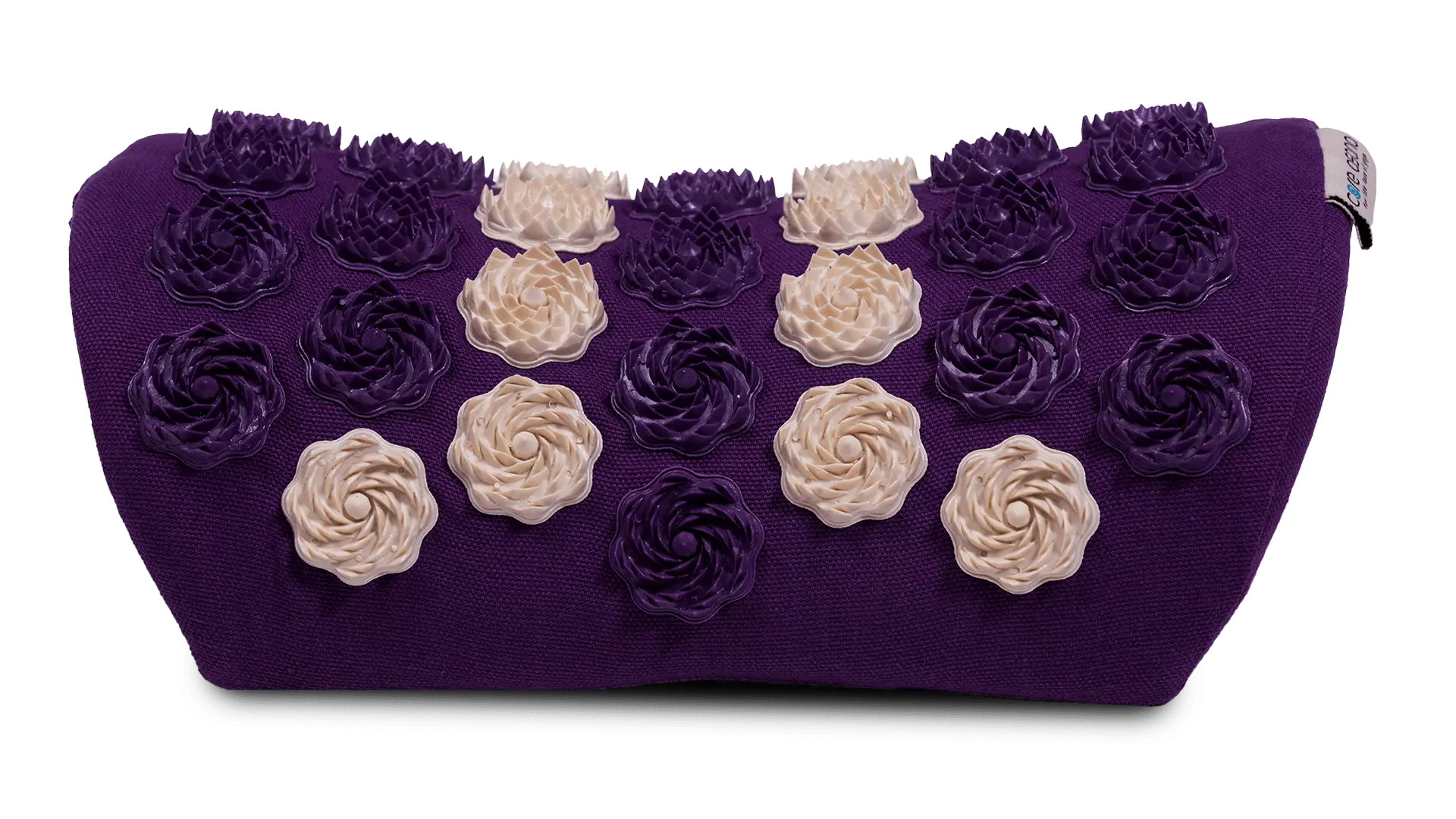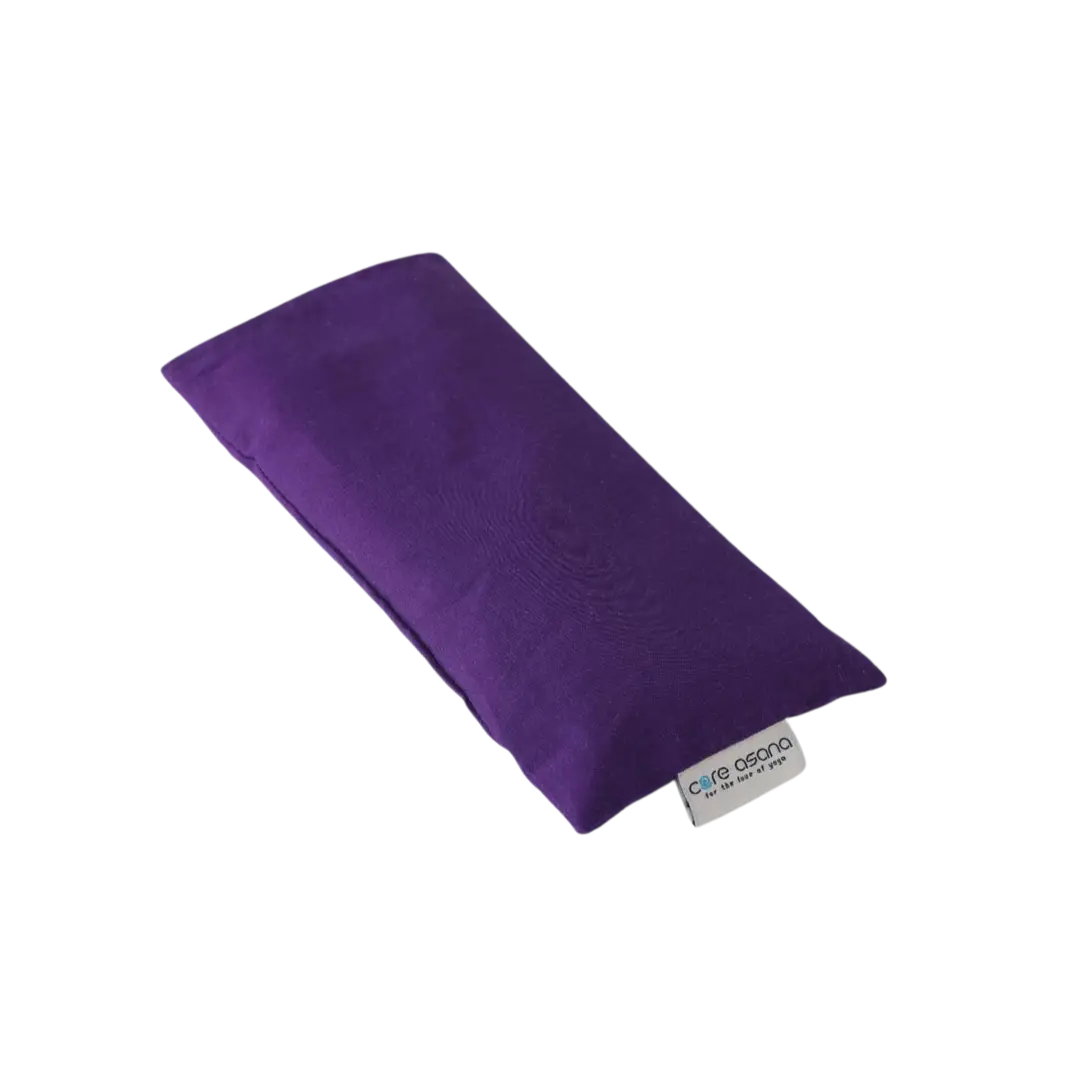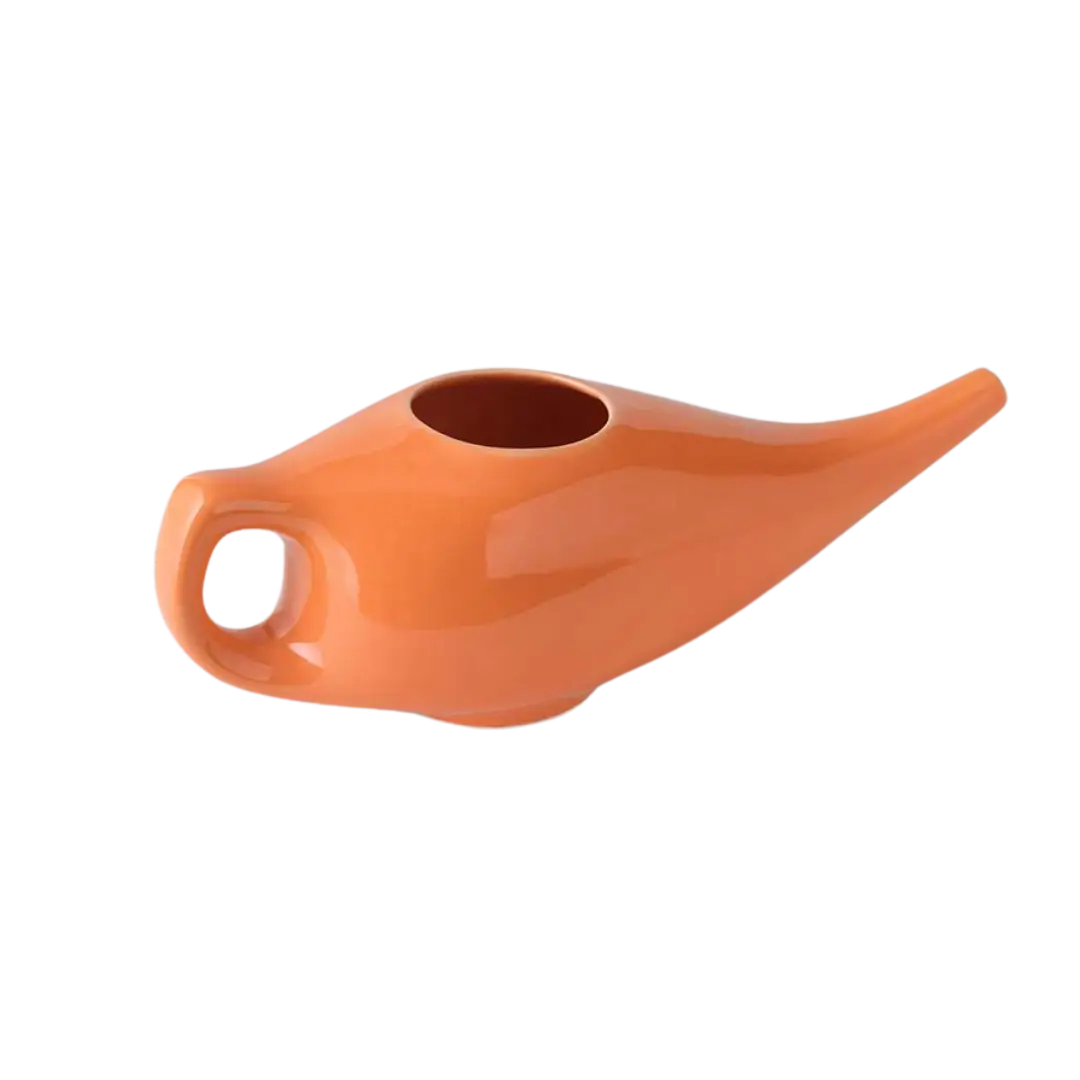The Power of Yoga for High Blood Pressure: A Holistic Approach
Have you checked your blood pressure lately? If not, you're not alone. With our fast-paced, high-stress modern lifestyles, it's easy to overlook our health until a problem arises. Unfortunately, high blood pressure is becoming more and more common, affecting an estimated 1.13 billion people worldwide.
While medications can be helpful, they often come with unwanted side effects and can be expensive in the long term. But there is a natural and sustainable solution to managing hypertension that has been around for thousands of years - yoga. By combining mindful movement, breathing techniques, and meditation, yoga offers a holistic approach to reducing blood pressure that can be maintained over time.
So if you're looking for a way to improve your health and well-being without relying solely on medications, keep reading to learn how yoga can help regulate your blood pressure and promote a healthier, happier you.
How Yoga Can Help With High Blood Pressure?
So, how exactly can yoga help regulate blood pressure? Let’s look at the top factors causing high blood pressure and how yoga helps in balancing the same. Let’s start with one of the major contributors to high blood pressure.
1. Stress
Stress is a major contributing factor to high blood pressure because it causes our bodies to release hormones like adrenaline and cortisol, which increase heart rate and constrict blood vessels. When we're under chronic stress, this constant state of tension can lead to long-term damage to our blood vessels and organs, including the heart. Luckily, yoga is an excellent way to manage stress and promote relaxation.
Yoga's combination of mindful movement, breathing techniques, and meditation can help activate the parasympathetic nervous system, which is responsible for the "rest and digest" response in our bodies. This response can counteract the effects of chronic stress, helping to lower heart rate and blood pressure. In fact, a study published in the Journal of Hypertension found that practicing yoga for just three months led to significant reductions in both systolic and diastolic blood pressure in people with hypertension.
But how exactly does yoga achieve these results? Let's break it down:
a) Mindful movement:
Yoga postures, or asanas, can help release tension in the muscles and improve circulation. Certain poses, like forward folds and inversions, can even stimulate the baroreceptors in our neck and chest, which help regulate blood pressure by sending signals to the brain to adjust heart rate and blood vessel tone.
b) Breathing techniques:
Pranayama, or yogic breathing exercises, can help slow down our heart rate and promote relaxation. One particular type of pranayama called "ujjayi breath" involves constricting the back of the throat to create a gentle "oceanic" sound during inhalation and exhalation. This type of breathing has been shown to lower blood pressure and improve cardiovascular function.
c) Meditation:
Meditation can help quiet the mind and reduce the "mental chatter" that often contributes to stress and anxiety. By focusing on the present moment and letting go of worries about the future or regrets about the past, we can cultivate a sense of calm and inner peace that can have a positive impact on our blood pressure.
2. Poor diet
Consuming too much salt, saturated fat, and processed foods can increase blood pressure levels over time. On the other hand, a diet rich in fruits, vegetables, whole grains, and lean proteins can help regulate blood pressure and improve overall cardiovascular health.
A healthy, balanced diet is an essential part of any yoga practice. Many yoga traditions emphasize the importance of mindful eating and offer guidelines for choosing nourishing foods that support optimal health.
3. Lack of exercise
Physical activity is essential for maintaining healthy blood pressure levels. Regular exercise can help improve circulation, lower resting heart rate, and reduce the risk of hypertension.
Yoga asanas can be a form of physical exercise, helping to increase heart rate and circulation. Some styles of yoga, such as vinyasa or power yoga, are more physically challenging and can provide a cardiovascular workout.
4. Obesity
Carrying excess weight, especially around the waistline, can increase blood pressure and the risk of cardiovascular disease. Yoga can be an effective tool for weight management, both through the physical practice itself and through the mindfulness and self-awareness that it fosters. By cultivating a deeper connection to our bodies and our inner selves, we can make more conscious choices about what we eat and how we move.
5. Genetics
Some people may have a genetic predisposition to hypertension, meaning that their blood pressure tends to be higher than average regardless of lifestyle factors.
While we can't change our genetics, we can take steps to manage our blood pressure levels regardless of our predisposition. By practicing yoga regularly and adopting other healthy lifestyle habits, we can support our bodies in achieving optimal health and wellness.
Conclusion
In summary, while stress is a significant contributor to high blood pressure, there are many other factors that play a role as well. Fortunately, yoga can be a powerful tool for addressing these factors and promoting overall health and well-being. Yoga offers a natural and sustainable way to manage high blood pressure that goes beyond just taking medications. So why not give it a try? Even a few minutes of yoga each day can make a big difference in your health and well-being.
Frequently Asked Questions (FAQs):
1. Can yoga completely replace medication for managing high blood pressure?
While yoga can be a helpful tool for managing high blood pressure, it is not a replacement for medication. If you have been prescribed medication for hypertension, it's important to continue taking it as directed by your healthcare provider. However, practicing yoga in addition to taking medication can be a great way to support your overall health and well-being.
2. How often should I practice yoga to see results in managing my blood pressure?
Research has shown that practicing yoga for as little as 30 minutes per day, three times per week, can lead to significant reductions in blood pressure. However, the frequency and duration of your yoga practice may vary depending on your individual needs and preferences. The most important thing is to make your yoga practice a consistent part of your routine.
3. How do I choose the right yoga mat for my practice?
Choosing the right yoga mat can make a big difference in the comfort and safety of your practice. When selecting a mat, consider factors like thickness, texture, and material. If you have sensitive joints, you may want to opt for a thicker mat with extra cushioning. If you tend to sweat a lot during practice, you may prefer a mat with a textured surface to provide more grip.
When it comes to material, options range from traditional rubber to eco-friendly materials like cork or recycled plastic. Ultimately, the right mat for you will depend on your individual needs and preferences. We have a detailed guide on How to choose the right yoga mat for you to make the right choice with in-depth knowledge.
Read More:
5 Incredible Benefits of Yoga for Your Daily Life
New Positions to Try Out on Your Acupressure Mat
Acupressure: A Natural Solution for Stress Relief












